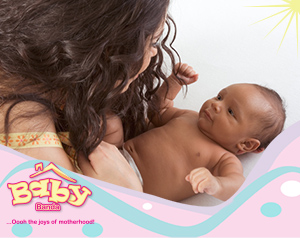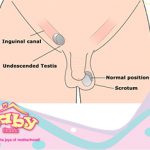Right after the baby was placed in her arms, she whispered, “My baby really has a funny shaped head.”
After birth, your little one may have a funny shape, elongated head or mottled skin. This happens as a result of squeezing through the birth canal.
Some of the common variations that you may notice on your little bundle of joy are:
- Your baby’s head may seem lopsided or misshapen. This is temporary and is caused by the moulding of the skull bones as the baby moves down the birth canal. The head will usually return to its normal shape by the end of the first week. Moulding is not usually present after a cesarean section.
- Forceps marks: If your baby was delivered using forceps, marks left from the pressure of the forceps may be noticeable on your baby’s face, usually on the cheeks and jaws. These disappear within a day or two.
- Caput is a soft swelling of the skin on the baby’s scalp. It occurs as a result of the top of the baby’s head being pressed against the mom’s cervix throughout labour and delivery. It may also occur if you had a vacuum delivery. The swelling usually disappears within the first few days of life.
- You may notice some soft spots on your baby’s skull that may sometimes appear to have a pulse visible. These are called fontanels. Most babies have two of them, one on the top of the head and one a little farther back. These areas are where the bones of your baby’s skull haven’t yet grown together. This flexible arrangement allows the skull to compress during labour and to continue to grow during the early years of life. The fontanel at the back usually closes within 2-4 months, while the front one doesn’t close until your baby is at least a year old.













